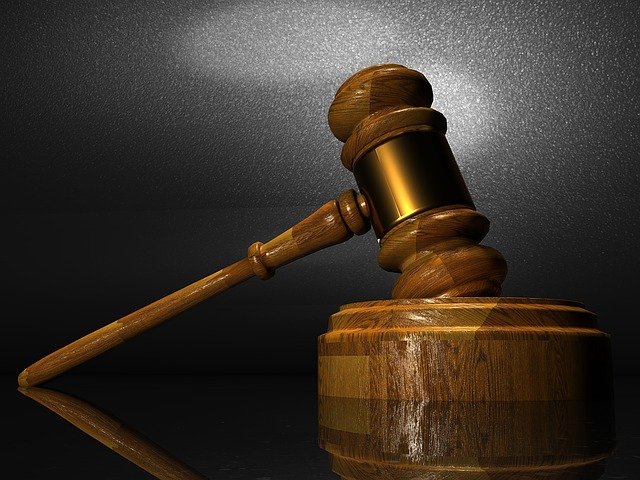The Three Elements of Standing to Sue
Image by Okan Caliskan from Pixabay
Our courts use the legal concept of standing to identify who can bring a lawsuit. To have standing, you must satisfy three elements that demonstrate that, as required by Article III of the U.S. Constitution, your legal action presents an “actual case or controversy” rather than hypotheticals or mere academic questions.
The standing law requires that a party who wants to file a lawsuit has to suffer an injury that was caused by another party and that it is able to be addressed by the court (Source: https://www.morrisbart.com/blog/standing-to-sue/).
You Were Actually Injured
You must actually be injured to sue. Otherwise, “no harm, no foul” applies. Someone’s wrong must have either harmed you or deprived you of some right or benefit. For instance, you have no right to sue merely because someone ran a red light. Standing in such a motor vehicle negligence case arises only when the errant driver struck your car or caused you to incur medical expenses, pain and suffering, lost wages, and other damages.
Economic loss commonly constitutes an injury-in-fact. Acts of negligence, contract breaches, and frauds creates these damages. As to fraud, one of the elements involves actual harm. You lack standing to sue a liar if you do not rely on it or it doesn’t cause you harm.
You’re Not Limited to Physical or Economic Harm
Standing does not limit itself to physical or financial harm. Since an injury in fact can constitute the loss of some right or benefit, you can sue to protect your scenic views, quiet use and enjoyment, interests in conservation, reputation, and exercise of First Amendment rights. Particular state and federal statutes confer upon you rights such as access to public records.
The Harm Is Imminent, Not Merely Possible
Generally, but not always, the harm must be past-tense. In certain cases, you may sue to enjoin or stop imminent harm, such as from:
- Disclosure of a trade secret or confidential information
- Enforcement of a law that chills your freedom of speech
- Pollution, such as by discharge of chemicals
- Publication of material that is defamatory on its face
Your fear that some actor might break the law or cause harm alone does not suffice. For instance, you might have roadblocks to suits based on identity theft if you can’t prove that a data breach resulted in financial or other harm to you.
Suing for Someone Else
The requirement that you be the injured party eliminates as a general rule third-party suits. In such actions, someone sues for injuries sustained by another.
Yet, not all of these suits necessarily get tossed for lack of standing. Most notably, associational standing empowers unions, trade commissions or associations, and (in some cases) environmental associations to sue to protect the interests of members or other stakeholders.
The Wrong Caused Your Injury
The party you bring before the court must have caused your harm. That is, “but for” the wrongful conduct, you would not have suffered loss or a deprivation of a right.
The causation element creates challenges if you want to sue for “climate change” or “global warming.” Common causation problems also arise when alleged victims of pollution have suffered illnesses from other sources or conditions, such as lifestyle or pre-existing diseases. In such cases, a court may deem the reasons too speculative.
Getting Redress
The court’s ruling must compensate you or have the capability of protecting or restoring your rights and interests. Judgments awarding money damages, possession of property, or some license or permit for which you have been denied fit the bill.
Redressability also means the capability to order a defendant to repair, replace or restore something; or undo a harmful condition. A penalty or fine satisfies the standing test because such an action tends to deter the violations or conduct that led to the sanction.
This element also brings into play restrictions on lawsuits that involve injuries to the general public rather than specific parties. In this group may lie taxpayer suits that challenge tax credits or certain tax expenditures or not passing certain laws.

